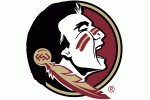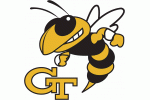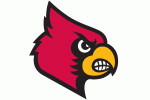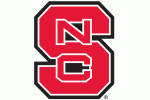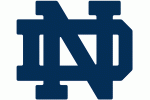A closer look at the intriguing case of Sage Surratt
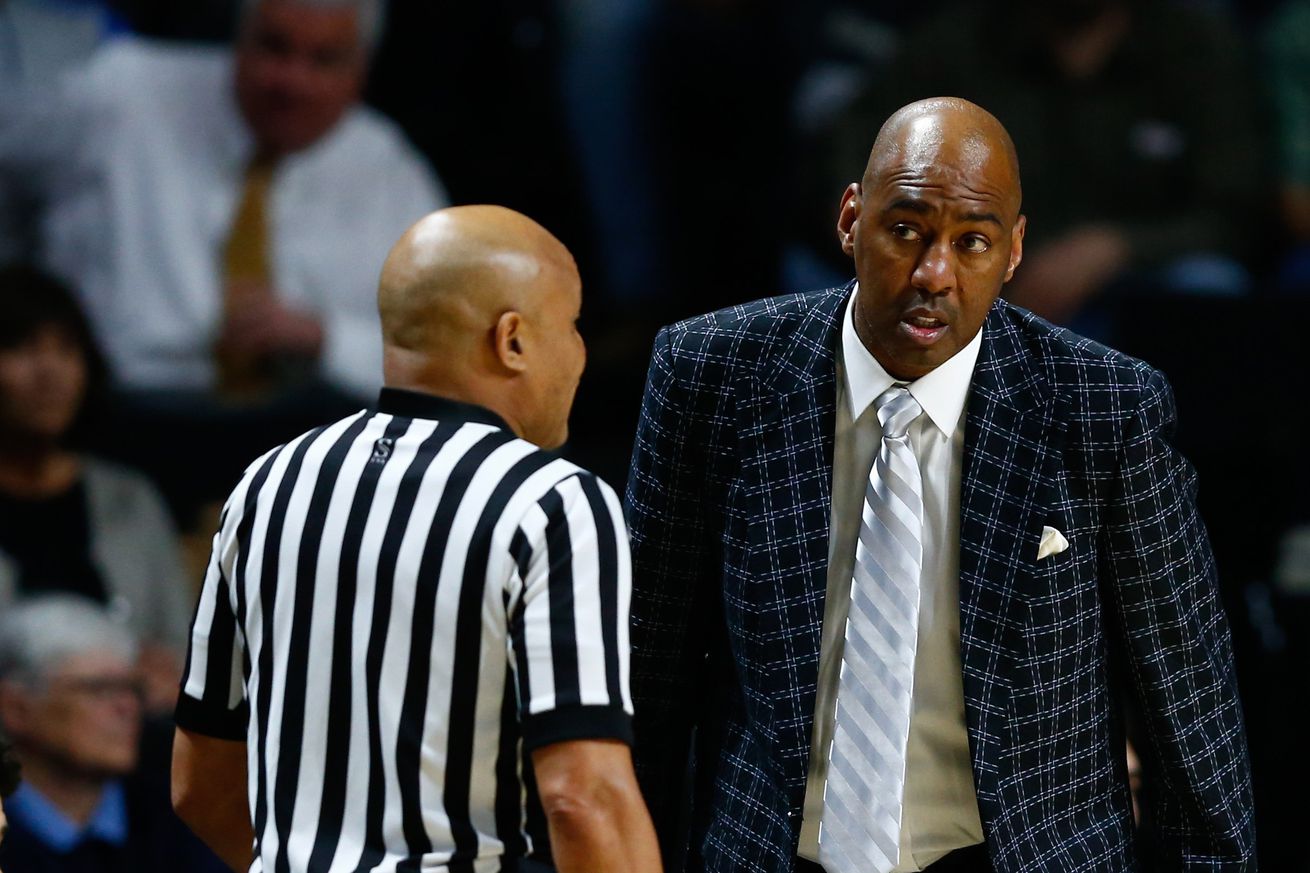
Next season, one of the most highly-decorated athletes in the history of North Carolina high school sports will be enrolling at Wake Forest. Sage Surratt, out of Lincolnton HS, signed to play wide receiver for Dave Clawson’s squad. We’ve written previously about his video game numbers in both football and basketball: he finished his high school career as the all-time leader in state history for receptions, yards, and TD catches, and also managed to score the second-most all-time career points in basketball (where he plays SG).
Those performances earned Sage a few accolades:
Congrats to incoming Deac Sage Surratt on becoming the 1st player to win AP player of the year awards in both football and men's basketball.
— Wake Forest Football (@WakeFB) April 7, 2017
Lincolnton High's record-setting Sage Surratt named #NCHSAA male athlete of the year https://t.co/wbbH3blD5W #WakeForest #clthsfb pic.twitter.com/7XReGPbSk7
— Langston Wertz Jr. (@langstonwertzjr) May 5, 2017
The Deacs are bringing in one of the most accomplished high school multi-sport athletes in state history, and we’re in the middle of the 170-day lull between the end of Wake hoops and the start of Wake football. It’s as good a time as any for wild speculation!
The way I see it, there are a few factors at play in determining whether or not Surratt could/would play basketball and football, including his preferences and the coaches’ preferences, as well as the relevant NCAA rules (which could factor into those preferences). Let’s take a look at each of these.
NCAA Rules on Multi-Sport Athletes
The two issues that jump to mind involving multi-sport athletes are (1) how it affects each team’s scholarship count, and (2) how it affects the player’s years of eligibility (specifically, as relates to a player redshirting in one sport but playing in another).
Scholarship Count
Multi-sport athletes only count as one scholarship for a school. NCAA Bylaw 15.5.9 governs which team takes the hit to its scholarship cap. To combat shady programs offering football players wrestling or track scholarships with a wink and a nudge and having them “walk on” to the football team, the NCAA set up a hierarchy of sports. Football is king. If you play football and another sport but were recruited for football, you’ll count against the football team’s scholarship limit. If you weren’t recruited for football, you’ll still count against the football team’s scholarship limit if you get in a game. Basketball is next in the hierarchy, so if you play basketball and another (non-football) sport you’ll generally count against the basketball team’s scholarship limit.
Surratt was recruited to play football, so he will count against the football team’s scholarship cap regardless of whether he touches a basketball. That’s a net positive: the football staff expected to have Surratt taking up a scholarship, but the basketball staff wouldn’t have to sacrifice one for him to play.
Years of Eligibility
With a few rare exceptions, the NCAA gives student-athletes a five year window during which they can play up to four years (NCAA Bylaw 12.8). Obviously, a football coach who planned to redshirt a freshman to build S&C would not be happy to find out that player had used up one of his four years of eligibility by playing another sport. However, that’s not how the NCAA rules operate. While the five year clock doesn’t depend on which sports you play or when you play them (it starts on the day you start as a full-time student, and ends five years later), the four year eligibility limit is measured sport-by-sport. So, a multi-sport athlete can actually participate in sports for all five years of the five year window, as long as each separate sport is played for a maximum of four years. One example that unfortunately comes to mind is the guy below, who played four years of mediocre basketball and then another year of mediocre football.
The five year timer will start for Surratt when he starts classes in the fall, and will be the same regardless of whether he plays football and/or basketball. Similarly, his four years of eligibility for football will start when he steps in a game, whether that happens next year or later. Whether or not he touches a basketball won’t affect that; he will have a separate four years of eligibility for basketball during his five year window.
Coaches’ Considerations
On the football side, we haven’t heard much from Clawson beyond this:
Wake football coach Clawson said he'd give basketball coach Danny Manning Sage Surratt if he can get John Collins for red zone opportunities
— Les Johns (@Les_Johns) February 2, 2017
Chalk that up as another reason we’ll miss Collins next year. But in all seriousness, Clawson’s comment is probably a joke but it reveals some underlying realities. If Collins was back, Danny Manning wouldn’t for one second consider loaning him out to the football team. First, the injury risk is too high. Just being a one-sport college athlete already carries significant injury risks, but doubling up on practices and games creates more opportunity for mishaps. Even if the player avoids injury, they would still need to balance a Wake Forest academic workload with double-duty on the athletics side. It’s tough to expect a player in that position to successfully focus on any one of those with all three pulling in different directions.
Of course, Collins was an invaluable part of the basketball team, likely more so than any one player would be for the football team. And, Surratt has been balancing football and basketball successfully for four years in high school, with an academic performance that got him accepted into Harvard. Still, Clawson and his staff recruited Surratt and are taking the scholarship hit, so I could understand him putting the kibosh on any side ventures to the hardwood.
I don’t believe Manning has publicly discussed this question. From his perspective, it seems bringing Surratt on board would be a low risk, potentially high reward move. Although he was the star of a run-and-gun team in high school, it’s always possible Surratt just wouldn’t be a good fit for Manning’s system one way or another. Still, as discussed above, he wouldn’t take up a scholarship, so any contributions he made would be icing on the cake as long as he didn’t cause issues in the locker room.
Player Considerations
Regardless of what the NCAA rules allow and what the coaches think, this wouldn’t happen if Surratt doesn’t have an interest in being a multi-sport athlete in college.
He went through the recruitment process as a football player, and accepted an offer to play football. In an interview with USA Today a couple of months back after his senior basketball season ended, he was quoted: “I’m done playing basketball. I’m concentrating on football. I don’t have any plans right now to play basketball. I’m just focusing mentally on everything I have to do to be the best football player I can be.” He also stated, “I feel like football just comes so natural to me. My dad played in college, my brother is a freshman quarterback at North Carolina; we just have it in our blood. I love it. I want to give myself the best chance to play in the NFL. That’s my dream.”
That certainly suggests he’s focusing on football. But I have to imagine it would be hard for the all time second-leading scorer in North Carolina high school basketball history to give up that game. Later in that same interview, instead of slamming the door shut on basketball, he left it noticeably ajar: “It’s like this, I haven’t been approached by anyone about playing basketball there or anything like that so it’s not reality to me. If the coaches reached out then we’d figure that out at that time, but for now I’m focusing on one sport.”





